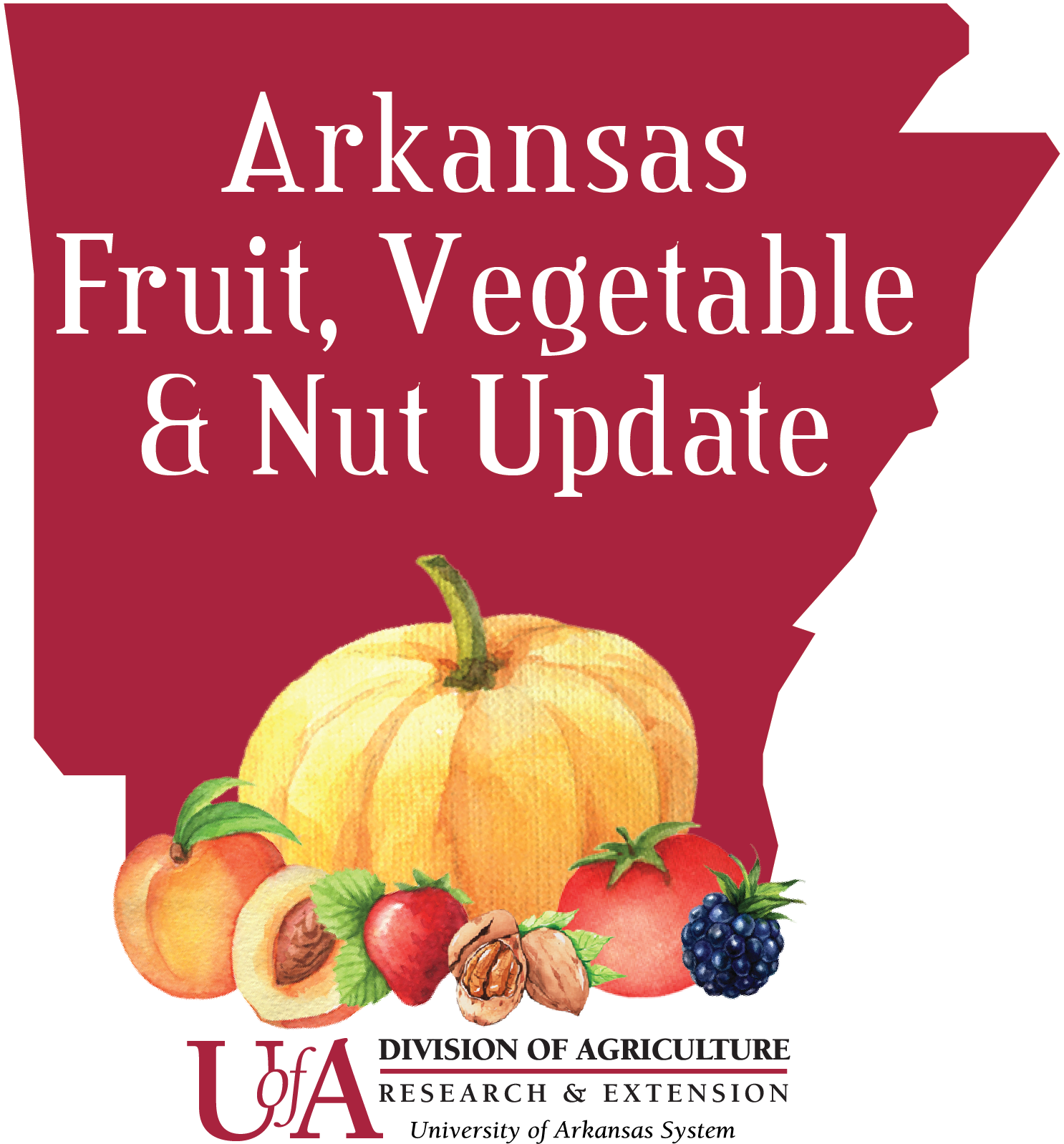
2018 Summer Cover Crop Trial
Alden is a master’s degree student in the department of horticulture who is studying the use of winter cover crops for summer watermelon production. He conducted a trial in the summer of 2018 to learn more about summer cover crops.
2018 Summer Cover Crop Trial
Author: Alden Hotz
A study of a variety of summer cover crops was planted at the University of Arkansas Vegetable Research Station located in Alma, AR on May 9th with many different facets being studied.
The purpose was to add additional information into maximizing summer cover crop potential. The trial was divided into plots measuring 12’ wide by 20’ long. Each plot had a different summer cover crop and a different seeding rate, which included: sunflower (15lbs/Acre), sesame (6lbs/Acre), cowpea (60lbs/Acre), Japanese millet (25lbs/Acre), pearl millet (30lbs/Acre), Lablab (40 lbs/acre), and sorghum-sudangrass (35lbs/Acre). Each cover crop was planted once using a drill and once via broadcast seeding. The drilled plots were planted using a six-foot custom-made research planter with a Hege 80 cone. The planter automatically evenly spaces the seeds uniformly down each row at the same approximate depth of 0.5 inches when planting the sunflower, cowpea, Japanese Millet, Pearl millet, Lablab, and sorghum-sudangrass, but we reduced the depth to 0.25 inches for the sesame. In the second group of plots, the cover crops were planted by hand spreading the seed as evenly as possible and then incorporating them about 0.5 inches into the soil by a small cultivator pulled by a tractor.
From observations made shortly after planting, canopy closure in various cover crops as well as between the two planting methods could be clearly seen. Crops such as sorghum-sudangrass and pearl millet showed the ability to grow rapidly and fill in spaces between plants regardless of how it was planted. This early canopy closure may have a great impact on its ability at weed suppression.
|
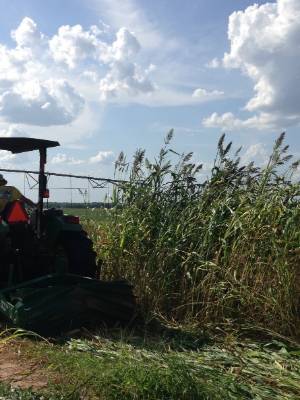 Photo: Broadcast Sorghum-sudangrass.
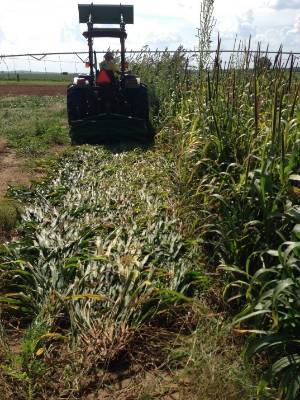 Photo: Hand broadcast pearl millet. |
Other cover crops such as Lablab and sunflower were greatly affected by planting method; such as having poor stands, delayed canopy closure and larger amounts of weed biomass compared to cover crop biomass in the hand broadcast plots.
|
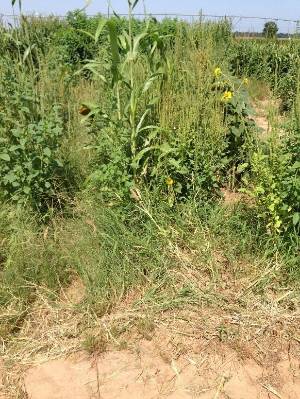 Photo: Broadcast sunflower |
This trial also evaluated how well cover crops can be terminated using a roller-crimper. The roller-crimper we used was a six-foot Genesis Goliath Crimper Roller. Results from our trial showed that the vining types of cover crops, like cowpea and lablab, appear to not be affected by crimping. The tall grasses appear to be killed most efficiently by the roller crimper, but even some of those remained alive. In the comparison between the two plots of sorghum-sudangrass, both were killed equally well, but the hand broadcast had a greater return of secondary growth in the plot.
|
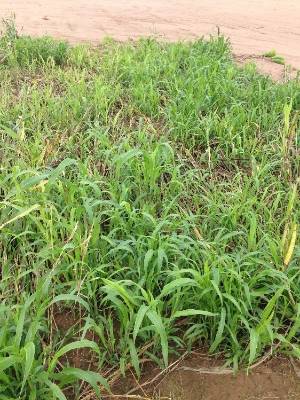 Photo: Sorghum-sudangrass from broadcast plot regrowth. |
In both plots of the pearl millet, after 20 days following termination, about 90% kill was observed and most of the biomass remained flattened. While the roller-crimper may be an effective tool at helping to create a biodegradable mat, solely relying on it to completely kill a cover crop may lead to competition for nutrients between the living cover crop and the cash crops.
|
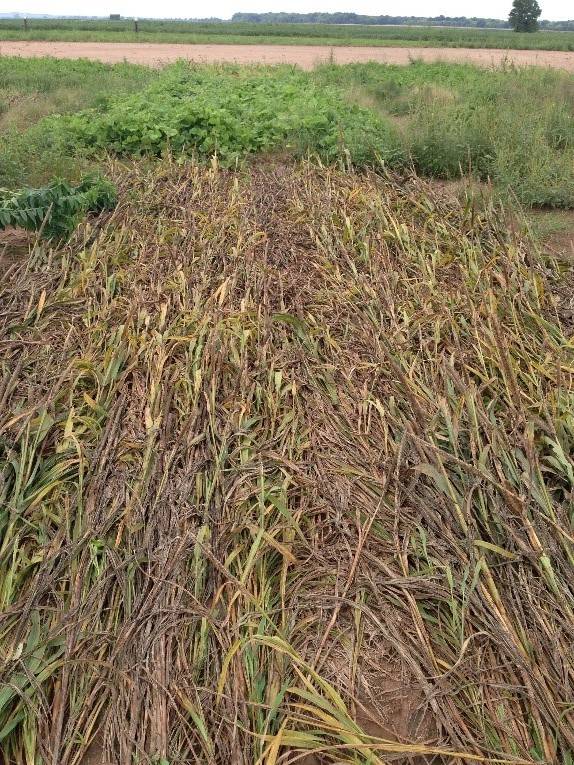 Photo: Pearl millet mat in drilled 20 days after roller crimped |
|
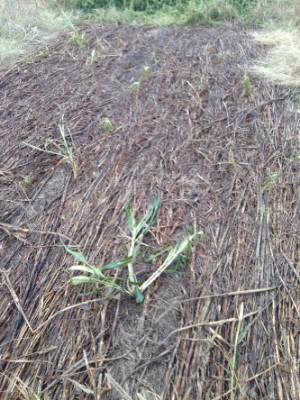 Photo: Pearl millet mat drilled 98 days following termination.
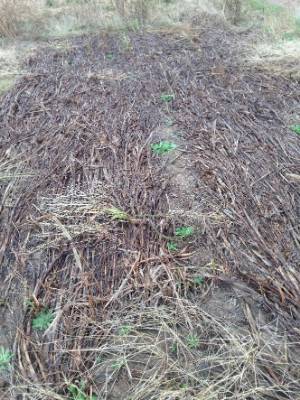 |
Based on the observations seen in this experiment, pearl millet and sorghum-sudangrass appear to be the most suitable summer cover crop either drilled or hand broadcast at producing biomass and suppressing weeds for a short growth fall crop. Pearl millet was the best cover crop for creating a long-lasting biomass mat. For a crop such as pumpkins that require many growing days, Japanese Millet may be an affordable option to help suppress weeds while the pumpkin plants are establishing. The Japanese Millet did not grow tall enough for the roller-crimper to immediately terminate the growth; however, the low cost per acre of seed, the rapid canopy closure seen in the broadcast plot, and reaching maturity in about 40 days makes it a potentially advantageous summer cover crop for some uses.
|
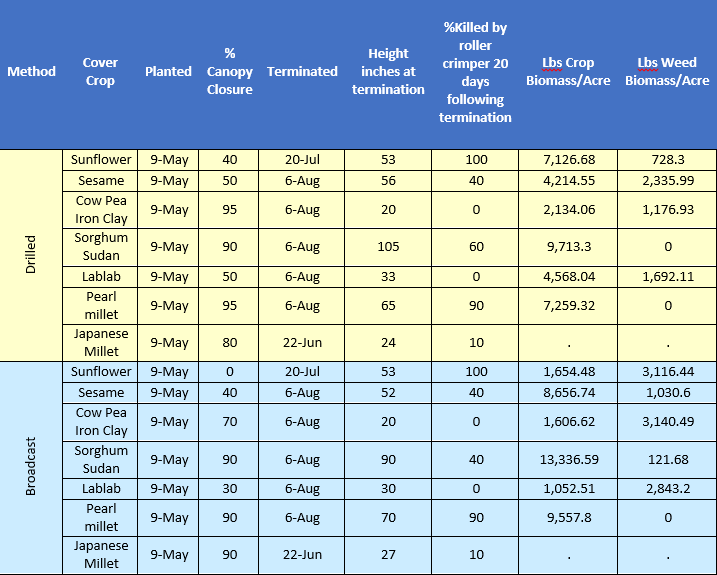 |
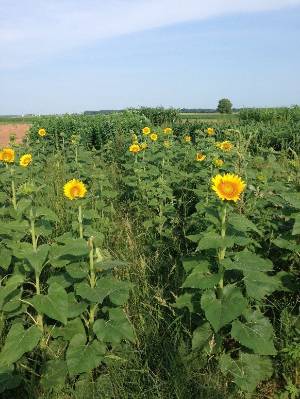 |
Cover crops can also be beneficial by naturally adding nitrogen to the soil for cash crop uptake. Legume plants, in this study Cowpea ‘Iron Clay’ and Lablab, form symbiotic relationships with bacteria producing the ability to fixate nitrogen from the atmosphere into a form usable by the plants. When the cover crop is terminated, some of the nitrogen is then be made available to the cash crop for use.
Between the two legumes used in this trial drilled cowpea produced nearly double the percentage of nitrogen by biomass, but the Lablab in the drilled plot produced a greater amount of biomass. The cowpea in the broadcast plot outperformed both drilled plots in the pounds of nitrogen per acre. The broadcast Lablab did not produce a comparable amount of nitrogen per acre due to the poor stand. The issue of Lablab not growing well when planted by broadcasting as well as the cost per acre of seed being over three times as high as cowpea may help make a grower’s decision easier on which cover crops to plant.
|
 |
|
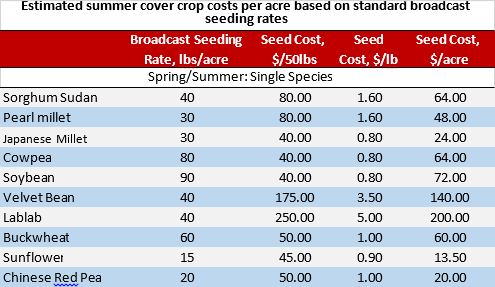 |